How to Revive a Sick Air Plant
Whether you are a seasoned air plant collector or a beginner, there is going to come a time when one of your precious air plants gets sick, despite your best intentions and care. So what do you do? Just call it a loss and get a new plant? Well, before you do that, you can try to revive it.
Give It A Good Soak: If your air plant is a tad bit neglected and looking dry, limp, or is losing its green color, it could be thirsty. First, take a look at your plant. If it is still primarily green with some browning or the leaves are rolled inward then first try soaking the plant for a few hours or even overnight. Use quality water like filtered, spring, or clean well water. Aquarium or pond water works well too as the plants will like the added nutrients. It is best to avoid artificially softened water or tap water that is high in chlorine/chloramine. If you do use tap water, allow it to sit out for a few hours to allow the chemicals to dissipate before soaking your air plants.
After its long soak, shake out any excess water from amongst the plant's leaves, and allow it to dry upside down on a towel or rack in a well-ventilated area for at least 4 hours to ensure that the plant is completely dry before putting it back in place.
After a couple of days if you notice that your air plant still has curling leaves or looks a little limp you can give it another soak, this time for a few hours. This should help perk up your plant. If its base is mushy or doesn't seem to be reviving, the tilly might be dead after all. A good way to detect a dead plant is to hold the base and gently wiggle the center leaves. If these leaves easily pull out (they’ll often be black on the bottoms), or the plant falls apart then it has already died. In this case, check out our Beginner’s Choice Collection and try again!

Check For Rot: Your sick air plant might also have a few brown or dead leaves. It is ok to gently remove these dead leaves, but be careful not to remove too many. Use our “Pruning Your Air Plants” guide to safely tend to your Tillandsia. If your plant falls apart when trimming or pruning, it is probably already dead and past the point of saving. Root rot is commonly the culprit in this scenario which can occur from overwatering, not drying properly, or inadequate light or air circulation. Learn more about rot and how to prevent it in our blog post "What's Wrong With My Air Plant: Rot".
Keep Fungus At Bay: If you notice white patches or brown leaf spots, your plant could be suffering from over or under-watering or, in some cases, a fungal issue. If your air plant has developed fungus, be sure to isolate the air plant to prevent the spread to other plants and try treating it with a natural fungicide.

Applying a bit of cinnamon or neam oil to the affected areas has been known to help reduce or stop fungal growth. Remember, air plants will naturally have white and fuzzy trichomes on their leaves so don’t confuse these with mold or fungus!
Battle Pests: While rare when kept indoors, air plants can sometimes be susceptible to pests, mainly mealy bugs and scale. An air plant infested with mealy bugs will have a waxy cotton-like substance on its leaves while scale insects insects usually attach to the bottoms of leaves, and can be characterized by tiny shell-like bumps. If your Tillandsia is infested with pests, first isolate it from other plants and bathe the air plant by submerging it completely in a solution of water and a few drops of insecticidal soap or neem oil. Use a soft cloth or cotton swab to gently remove any remaining visible pests or eggs from the plant's leaves and base and then rinse the plant thoroughly with clean water to remove all insecticidal residue. Be sure to provide the plant with excellent airflow, bright indirect light, and proper watering during recovery. Over the next few weeks, monitor closely and repeat treatments if you continue to see signs of pests.


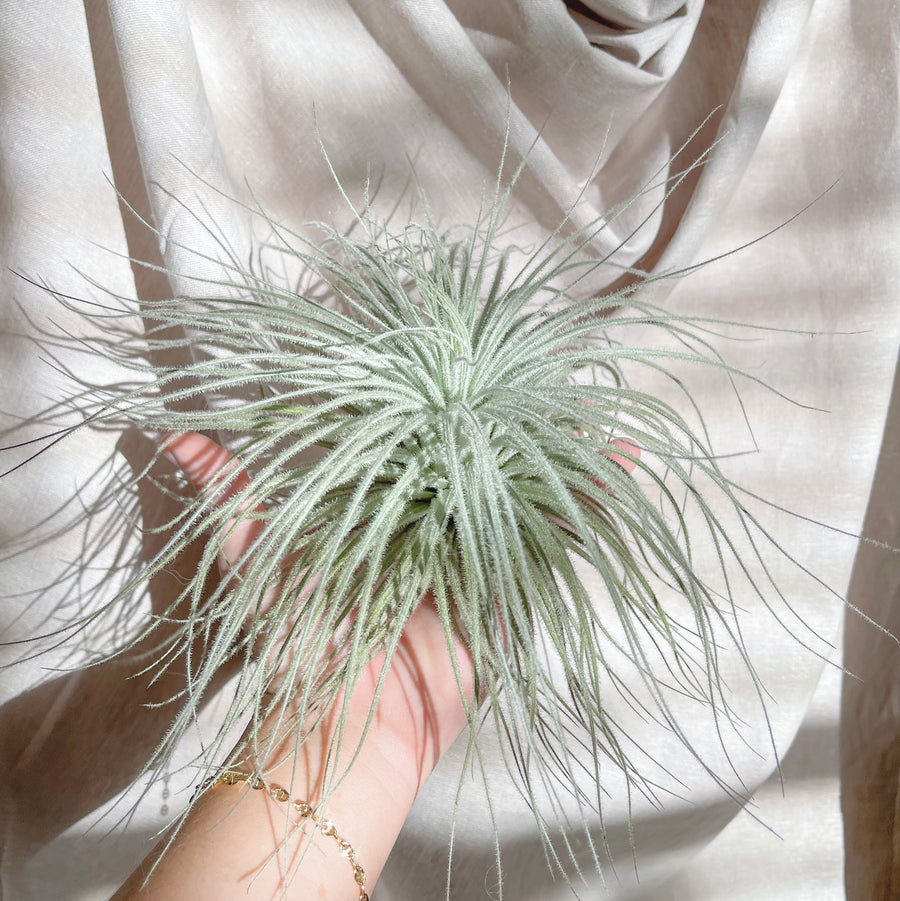
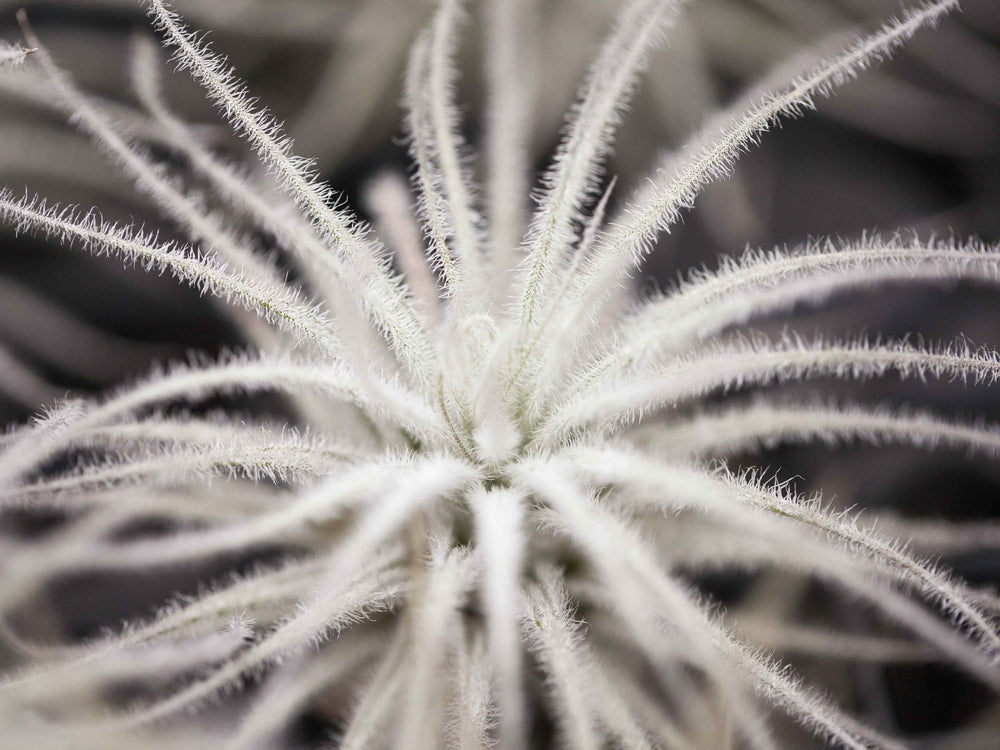
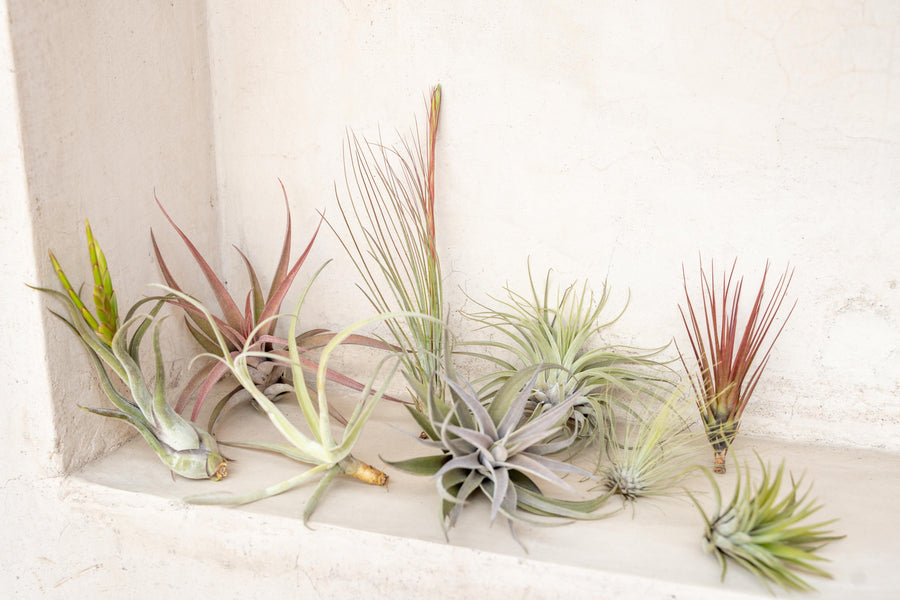
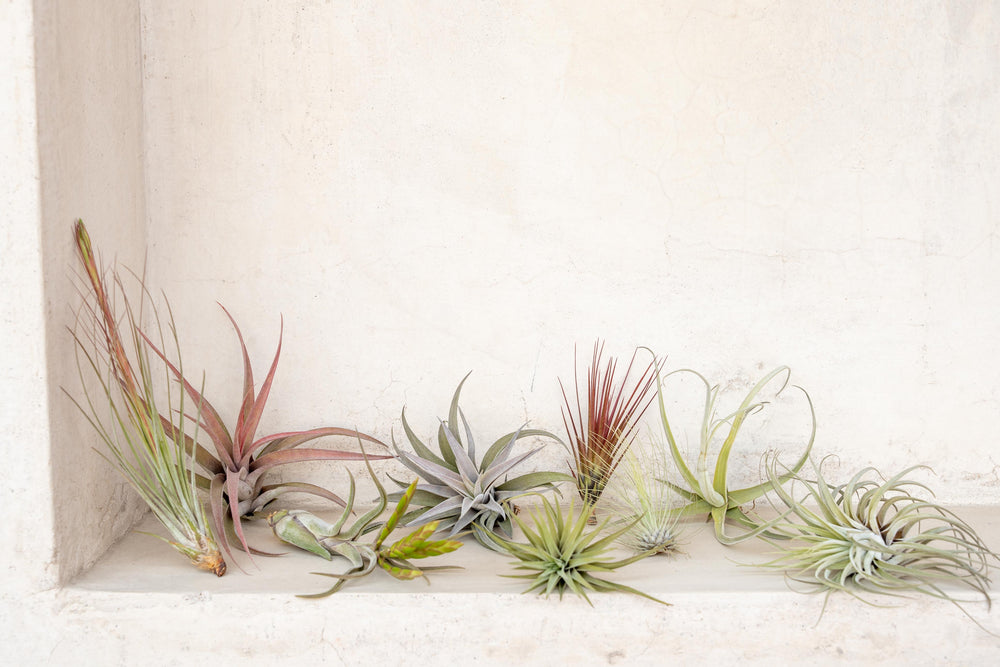
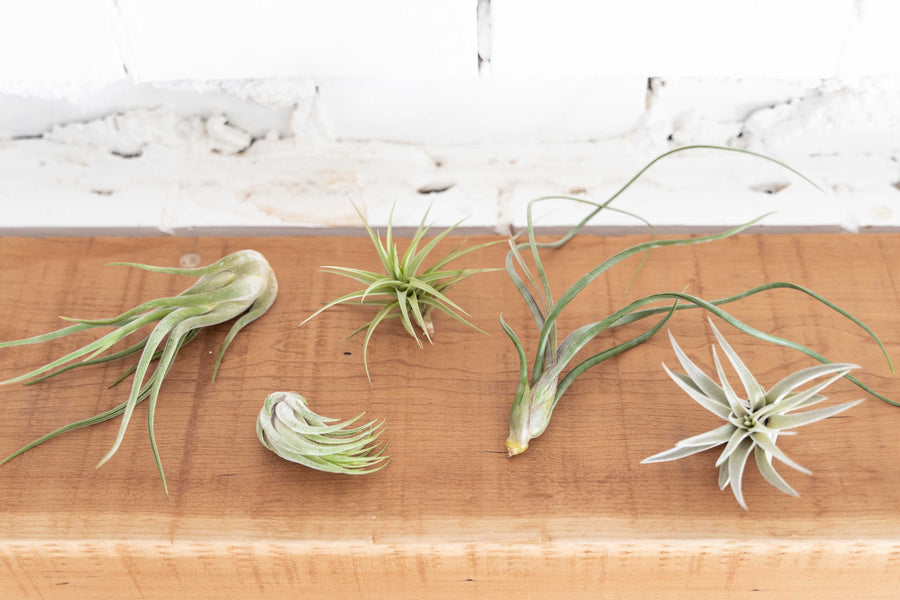
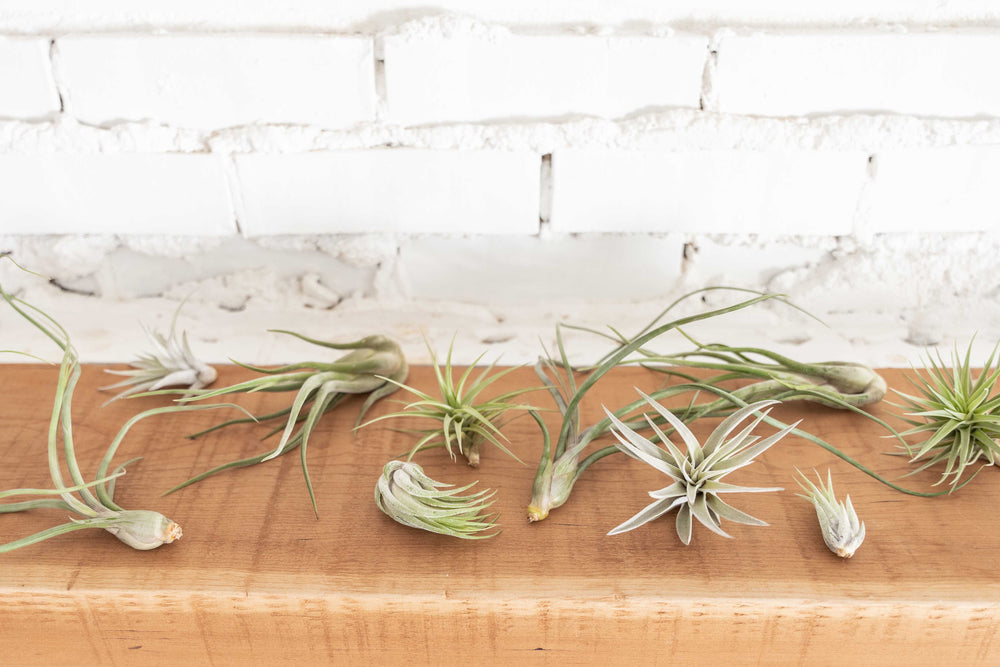
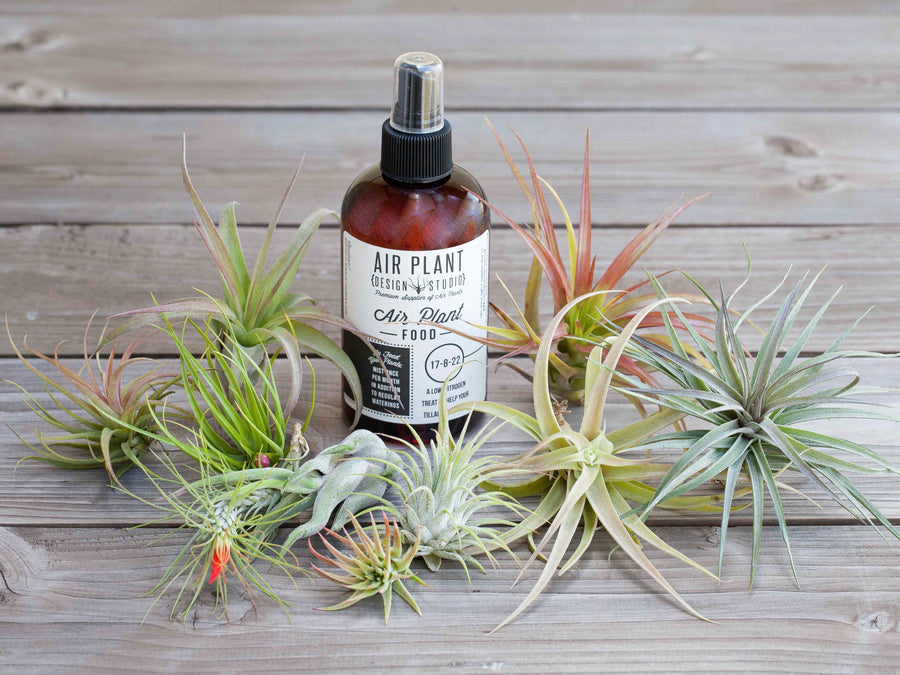
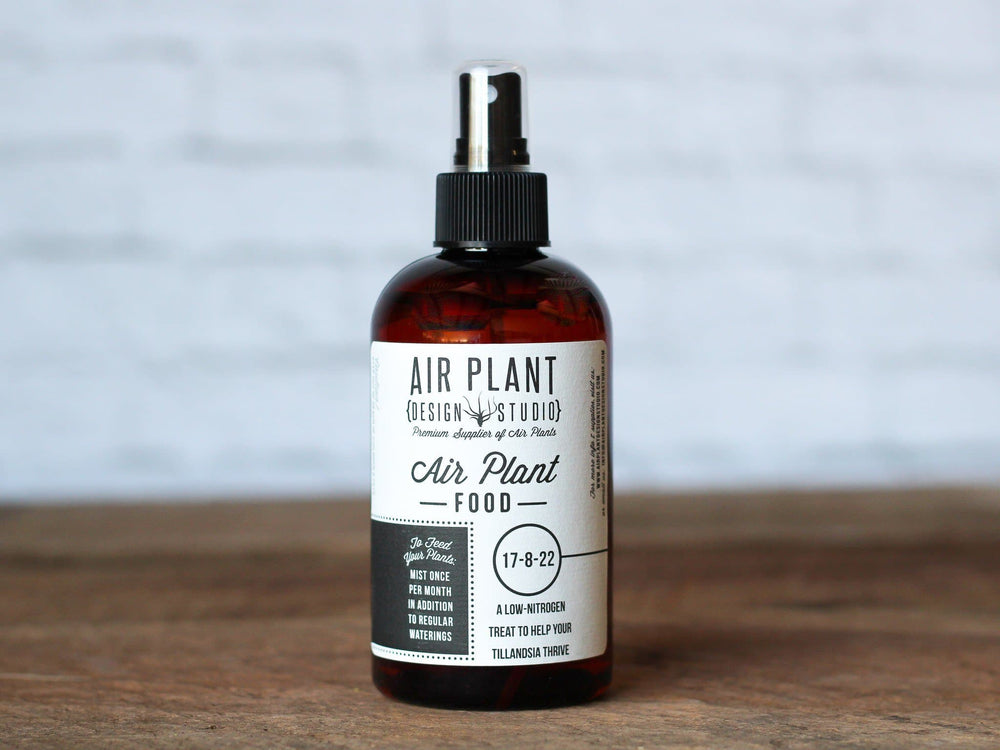
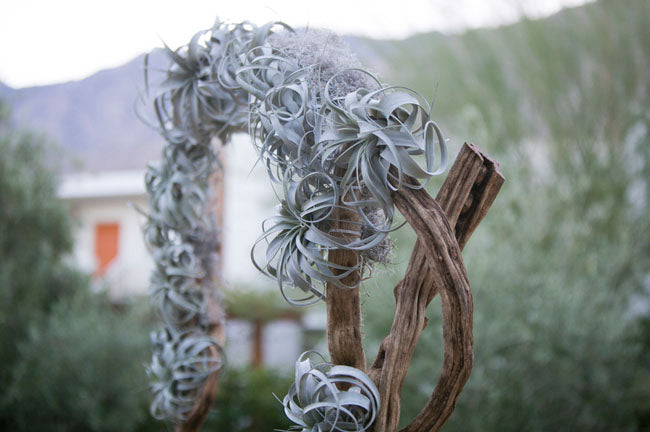
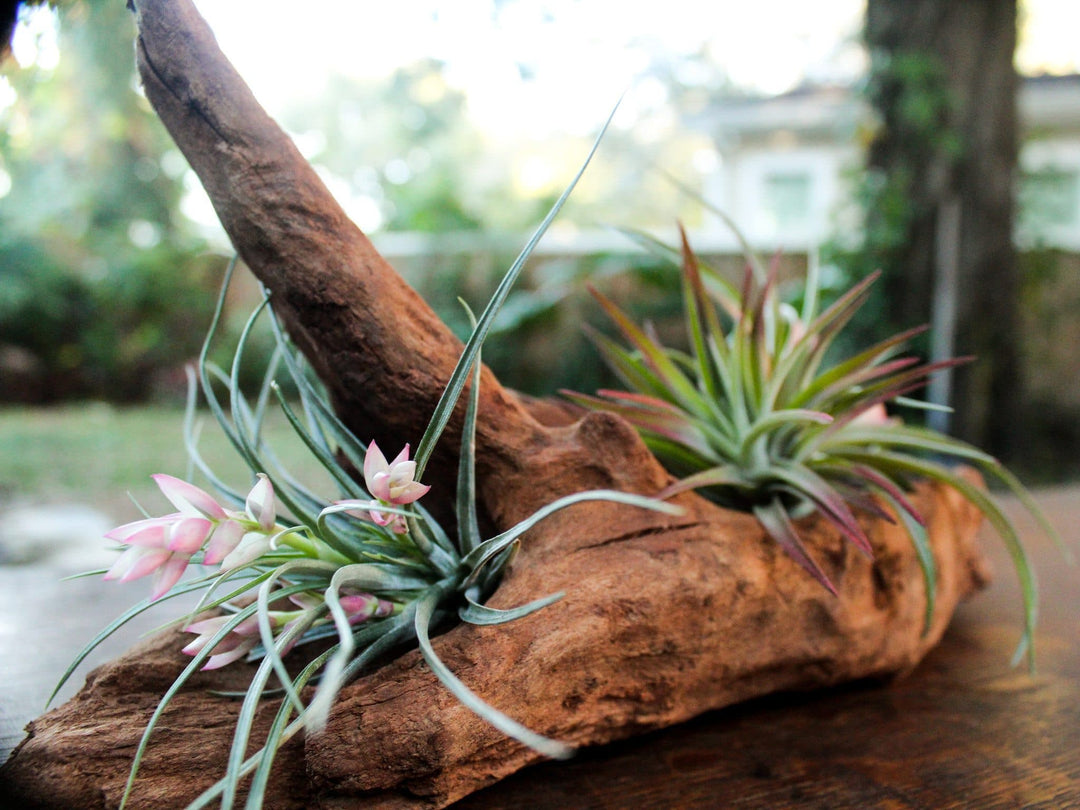
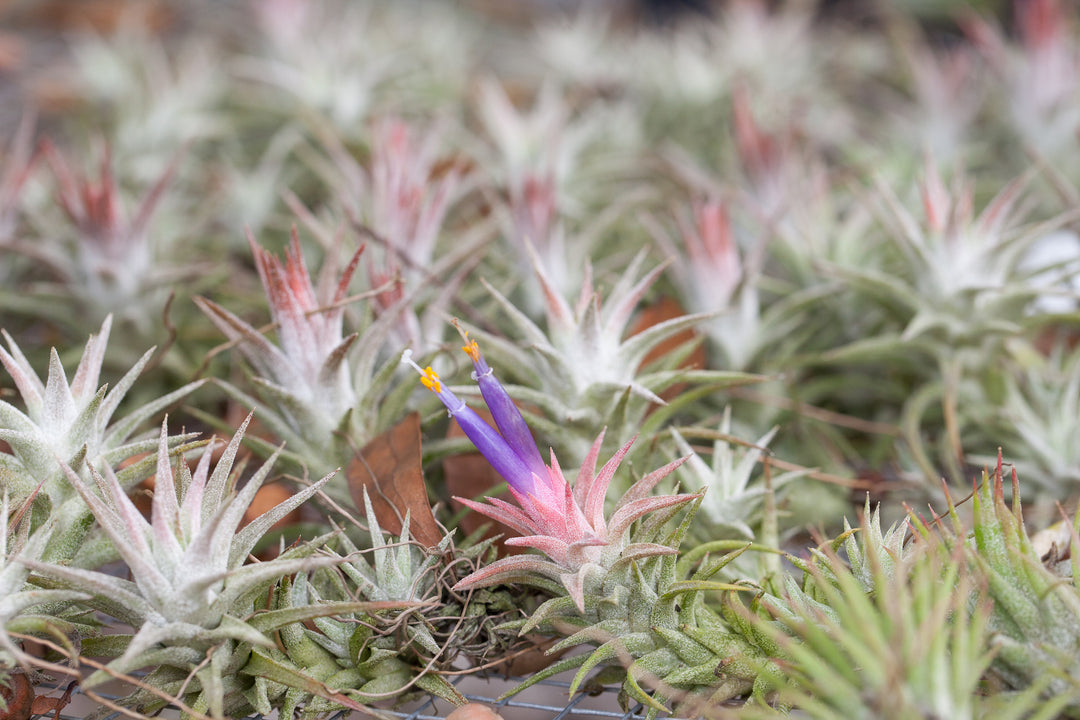
Leave a comment